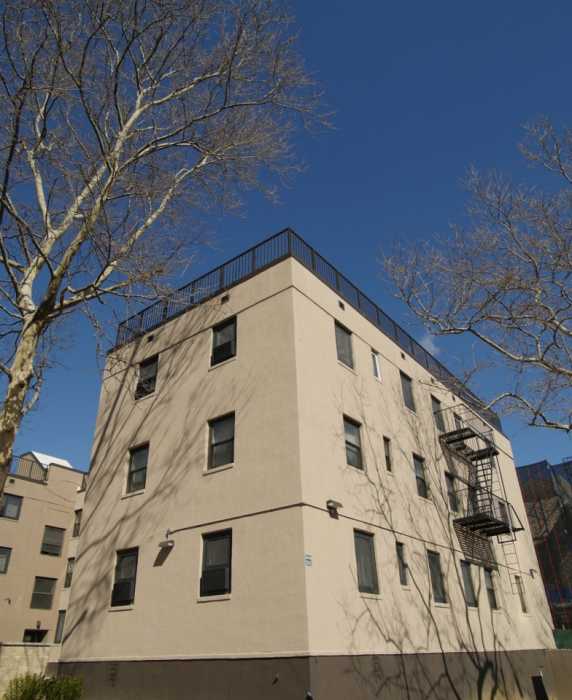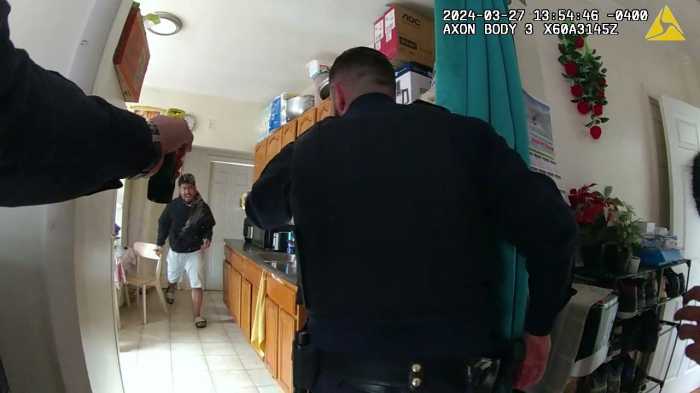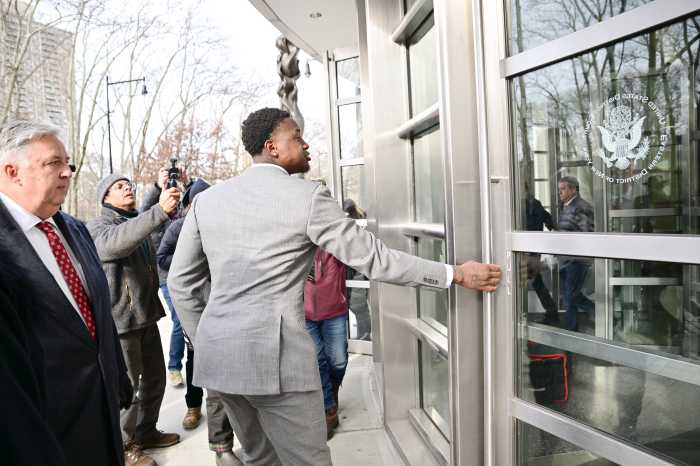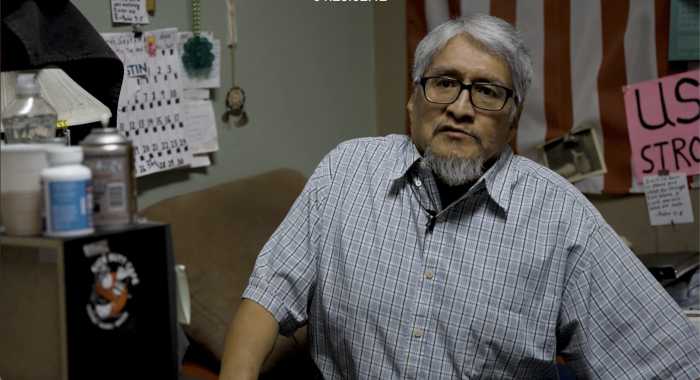The city is moving ahead with its controversial borough-based prison in Kew Gardens.
Mayor Bill de Blasio announced on Friday, June 25, that construction is underway on the parking garage and community space alongside the new jail that will rise adjacent to Borough Hall and the Queens Criminal Courthouse.
The construction marks the first major activity in the borough-based jails program, an $8.3 billion effort to construct four new, smaller, more humane jails in Queens, Manhattan, Brooklyn and the Bronx, to replace the jail complex on Rikers Island.
“Today we move one step closer to our goal of a fairer and more equitable jail system for all New Yorkers,” de Blasio said. “Closing Rikers Island will make our city stronger and more just, and I’m proud to deliver a system that better reflects this city’s values.”
The new 105-foot structure will house a 25,000-square-foot, two-level, multipurpose community space, plus more than 600 public parking spots. The structure is being built on the west side of the existing parking lot at Union Turnpike between 126th Street and 132nd Street.
The east side of the parking lot will remain open during construction, providing 140 parking spots to the community until work is complete in early 2023.
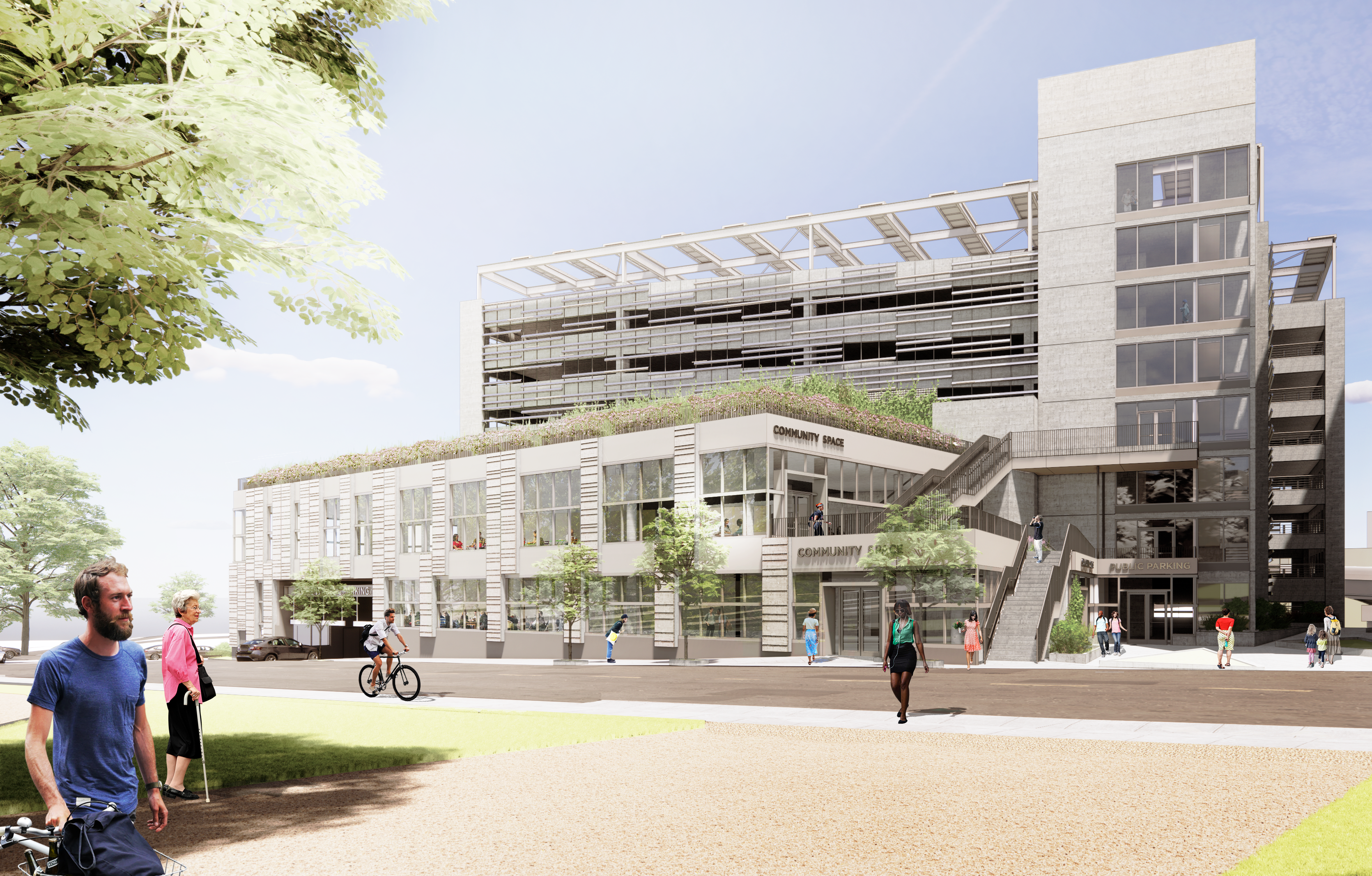
The adjacent Queens Detention Complex will begin demolition during the garage construction and then the new Queens jail will be built spanning the east side of the parking lot and the former Queens Detention Complex site.
“This project is part of a once-in-many-generations opportunity to build a smaller and more humane justice system that includes four facilities grounded in dignity and respect, offering better connections to and space for families, attorneys, courts, medical and mental health care, education, therapeutic programming and service providers,” NYC Department of Design and Construction Commissioner Jaimie Torres-Springer said. “This is a great milestone in the borough-based jails program, and we continue to seek and evaluate candidates for the design-build teams that will create the program’s other facilities.”
The 886-bed Queens jail will be designed with a maximum height of 195 feet and will house female detainees in a separate facility within the jail. The borough-based jails plan was approved by the City Council in October 2019.
“The beginning of major construction for the new borough-based jails program in Kew Gardens is exciting news and something we have been greatly anticipating since Mayor de Blasio pledged to close the antiquated facilities on Rikers Island,” Department of Correction Commissioner Vincent Schiraldi said. “It means we are one step closer to having modern facilities that are far better in every way than what exists today. The borough-based jails plan will create state-of-the-art, fully air-conditioned buildings and a more humane environment. It will also help us achieve our goal of creating the kind of environment any of us would want if someone we loved was incarcerated.”
The Kew Gardens jail was met with strong opposition from the community but it was approved following an extensive and multi-step public review process, including design workshops with neighborhood leaders, civic associations and community boards.
“The news about progress toward dismantling the Queens Detention Complex is a critical step towards implementing advocates’ plans to fully close Rikers Island by 2007 or sooner,” said Brandon J. Holmes, co-director of Freedom Agenda at The Urban Justice Center. “Reaching this significant milestone ahead of Mayor de Blasio’s transition out of office will help secure the permanent demolition of the 10 jails on Rikers, long-term divestment from mass incarceration, and a complete transformation of our criminal legal system and responses to violence. We owe this to formerly incarcerated New Yorkers who have built this movement to shutter Rikers Island and improve conditions of confinement for anyone who remains incarcerated.”


